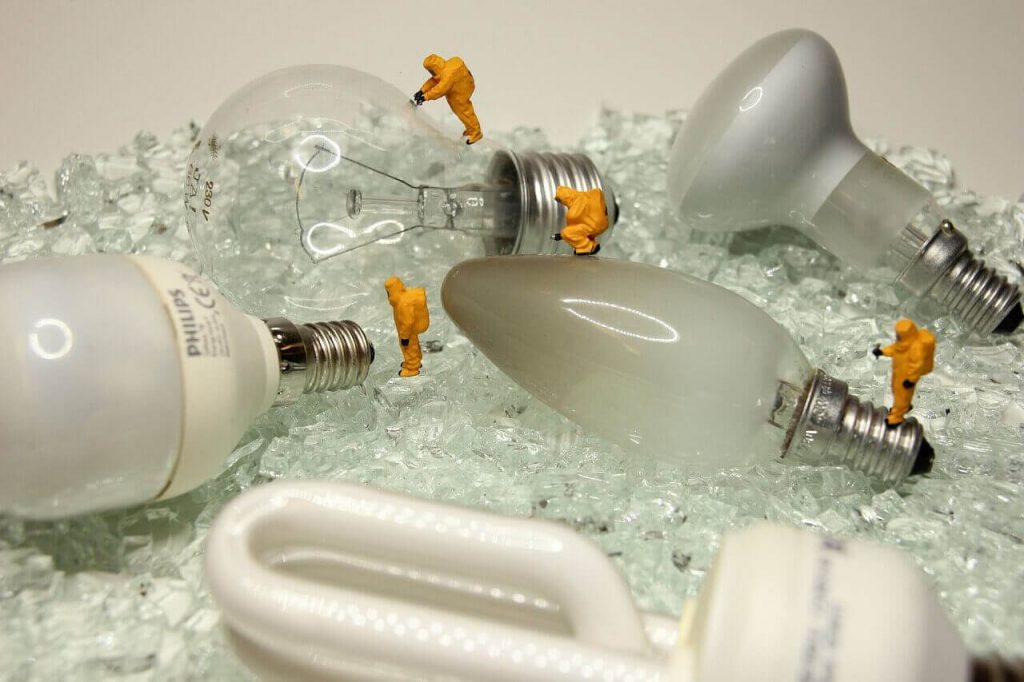Convert Your Waste to Energy- Know How
With the industrial revolution, managing global waste and producing sustainable energy has become two major issues. But, you know what, the vast amount of universal waste can meet the increasing demand for energy.
The process of converting waste to energy denotes, generating electricity or heat from organic waste. The waste to energy process takes advantage of our ‘throwaway culture’. Indeed.
Besides, the generated electricity or waste is usable in the household or business. It also contributes generously to global issues like global warming or the greenhouse effect.
The need for alternative energy sources has become necessary for future existence. Here we’ll discuss how your wastage is converted to energy. Before that, know what types of waste are convertible.
Types of Waste
Waste can be;
- Solid
- Liquid
- Or hazardous

No matter what it is liquid or solid, both types of waste can be dangerous. Solid wastes are garbage we create at our homes or other places. For example, newspaper, food waste, car type, broken glass or furniture, etc.
Liquid waste comes in the non-solid form, like dirty water from home or industries. Human waste can be denoted as liquid waste. Lastly, hazardous waste is those that are a threat to the environment or human health.
It can be the reason of fire and explodes. The examples of hazardous waste are fluorescent bulbs, chemicals, batteries, mercury-enclosing equipment, etc. Among all, only solid waste can be converted into energy like gas and electricity.
Learn How to Convert Your Waste to Energy
There are plenty of ways to convert waste into energy. Almost every community or industry follow any of the following methods to generate energy from waste. Here we’ll discuss a little about the processes and their specific functions.
Combustion
First of all, combustion is a process where heat is generated by burning waste. It drives a turbine to generate electricity. The waste like plastic, paper, and textiles are perfect for creating energy in the combustion method. Indeed, the combustion process produces emissions of CO2, but it emits in the form of fuel gas.
Gasification
Gasification is a way of generating gas from waste. The waste includes our everyday garbage, including furniture, grass clipping, product packaging, bottles, appliances, clothes, etc.

Here the garbage combines with steam or oxygen to generate synthesis gas. The produced gas is fit for using as transporting fuel and fertilizers. Also, the gas is convertible into electricity.
Pyrolysis
Pyrolysis is entirely different than other methods. Unlike others, the process works at low temperatures. It has a lower emission of air toxins like CO2 allied with combustion.
De-polymerization
In the presence of water, this process uses thermal decomposition. Here organic composites are heated at a high temperature to generate thermal energy. It can produce fossil fuels from this waste.
Plasma Arc Gasification
This process uses a plasma torch to generate ionized gas by compressing the waste. At this point, synthesis gas is used to generate electricity.
To Conclude!
The mission of converting waste to energy is innovative and evolving progress of technology. We can save our environment and ecosystem by adopting this technology. Only then can we get great energy solutions in the near future.
